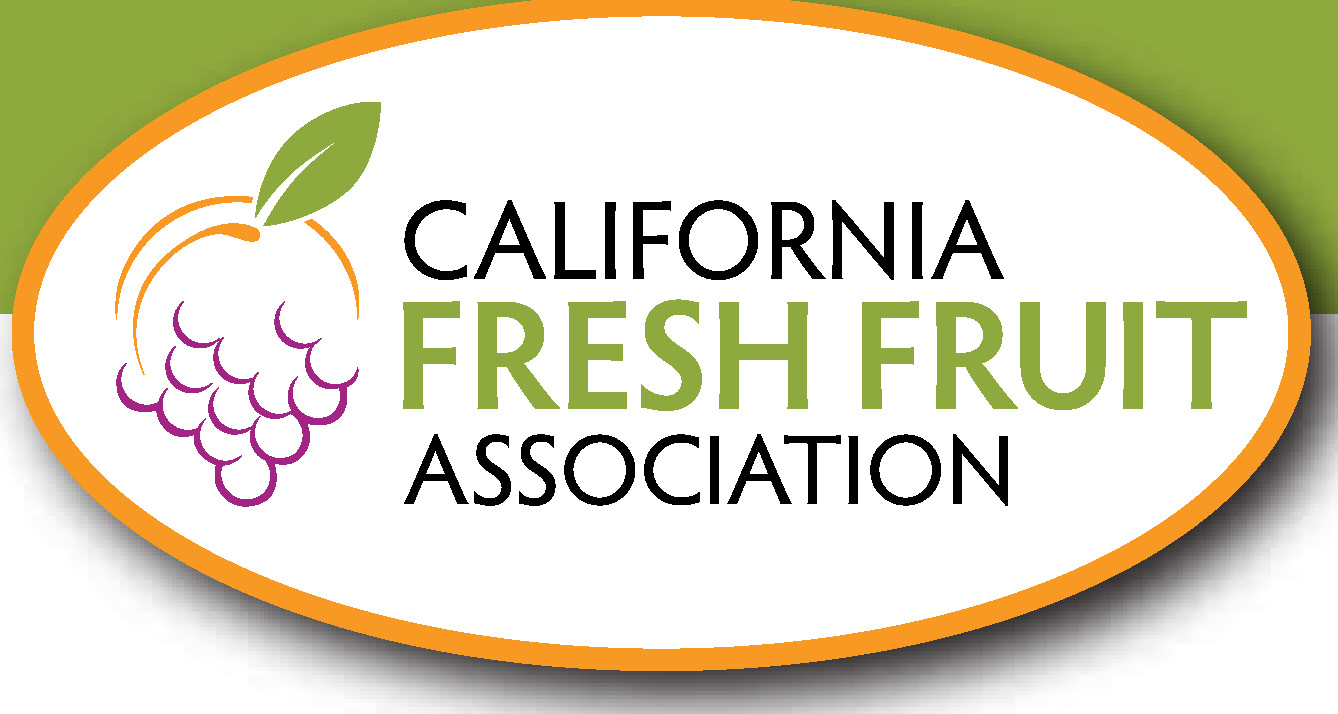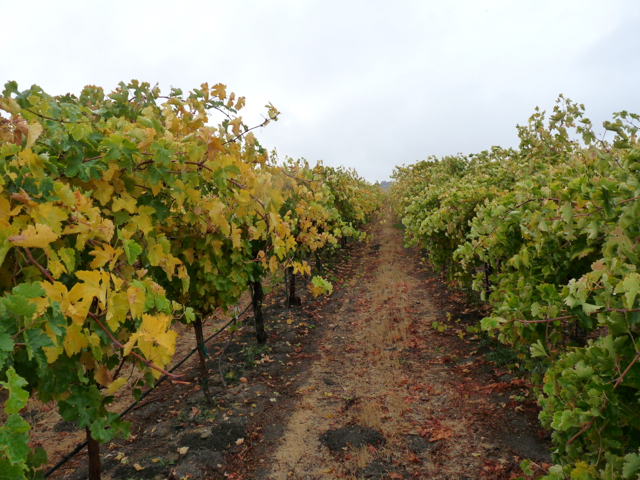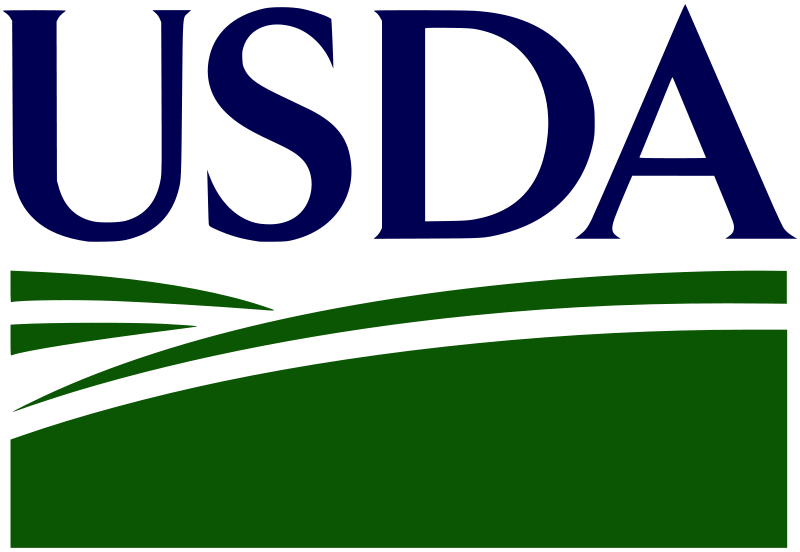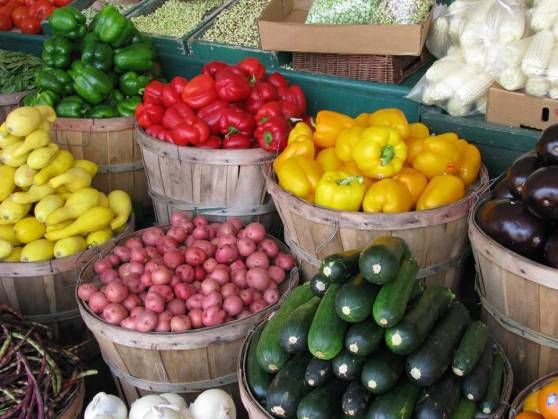USDA Seeks Applications for Conservation Innovation Grants
Agriculture Secretary Tom Vilsack has announced that applications are being accepted for up to $20 million in grants to facilitate the creation of new, innovative markets for carbon credits, providing additional revenue sources for producers to use to address natural resource conservation challenges. These grants are part of the Conservation Innovation Grant (CIG) program, authorized through the 2014 Farm Bill.
“USDA has been a leader in supporting market-based solutions to improve water quality and reduce carbon pollution,” Secretary Vilsack said. “With this opportunity, we are supporting the next generation of projects that will help mature these markets and bring them to scale to benefit both producers and the environment.”
For 2015, approximately half of the $20 million is available for environmental markets and conservation finance projects that engage agricultural producers. In past years, CIG has helped fund the development of the basic infrastructure of these markets. This year, USDA, through the Natural Resources Conservation Service (NRCS) is seeking applications for projects that will build on these efforts by maturing and scaling markets and accelerating efforts to leverage private capital and investment in private lands conservation. Improved quantification tools, multi-resource crediting, and projects that substantively engage corporate or financial partners are the types of activities NRCS is pursuing.
As an example, USDA, though CIG, helped fund the development of the first interstate water quality trading program in the Ohio River Basin. Administered by the Electric Power Research Institute, in April, the program is holding its first public auction of water quality credits, generated by farmers in the basin. USDA also funded a project led by the Delta Institute that culminated in the generation and sale of nitrous oxide credits on corn fields in the Midwest. This project demonstrated that greenhouse gas emissions can be reduced on cropland while maintaining corn yields.
USDA is also soliciting proposals for projects to stimulate natural resource improvements, including, but not limited to, improvements in water quantity, soil health, and wildlife habitat. Applications from this funding pool may also emphasize expected benefits to historically underserved producers, veterans, and organic producers. Applications in the fields of economics and sociology as they relate to natural resources are also being welcomed.
Under CIG, Environmental Quality Incentives Program funds are used to award competitive grants to non-Federal governmental or nongovernmental organizations, Tribes, or individuals. The 2014 Farm Bill also included language that has led to some changes in this year’s CIG funding announcement. One change eliminates the requirement that half the applicant’s match be in cash. Another expands eligibility for the 10 percent set-aside provision for historically underserved producers.
As in prior years, NRCS will accept pre-proposals for initial review before inviting entities to submit full proposals. Pre-proposals are due Tuesday, February 24, 2015. To apply electronically, visit http://www.grants.gov or contact a local NRCS office.












